Usually, the car’s brake system will have two parts: the main brake and the hand brake. While the primary brake system is used to slow down and stop the vehicle, the handbrake reduces the load on the transmission when parking. The vehicle’s brake light will come on when you apply and turn off when the brake is off.
However, if the brakes are still on, there may be some problems with your vehicle. The following article will explain to you why this happens and help you fix it.
The Phenomenon Of “ON” Brake Light
The brake light is part of the tail light, and it’s like a multi-function indicator light. It pops up when you pull the handbrake to notify you that the brakes have been activated.
Next, to stop the car, you must press the brake pedal, and then the force generated will be transmitted to the brake through brake fluid.
However, after turning it off, you still see the brake light on, indicating that your car is having some problems with the brake system. Brakes are an integral part of every vehicle to ensure everyone’s safety. So you always have to make sure it’s in good shape.
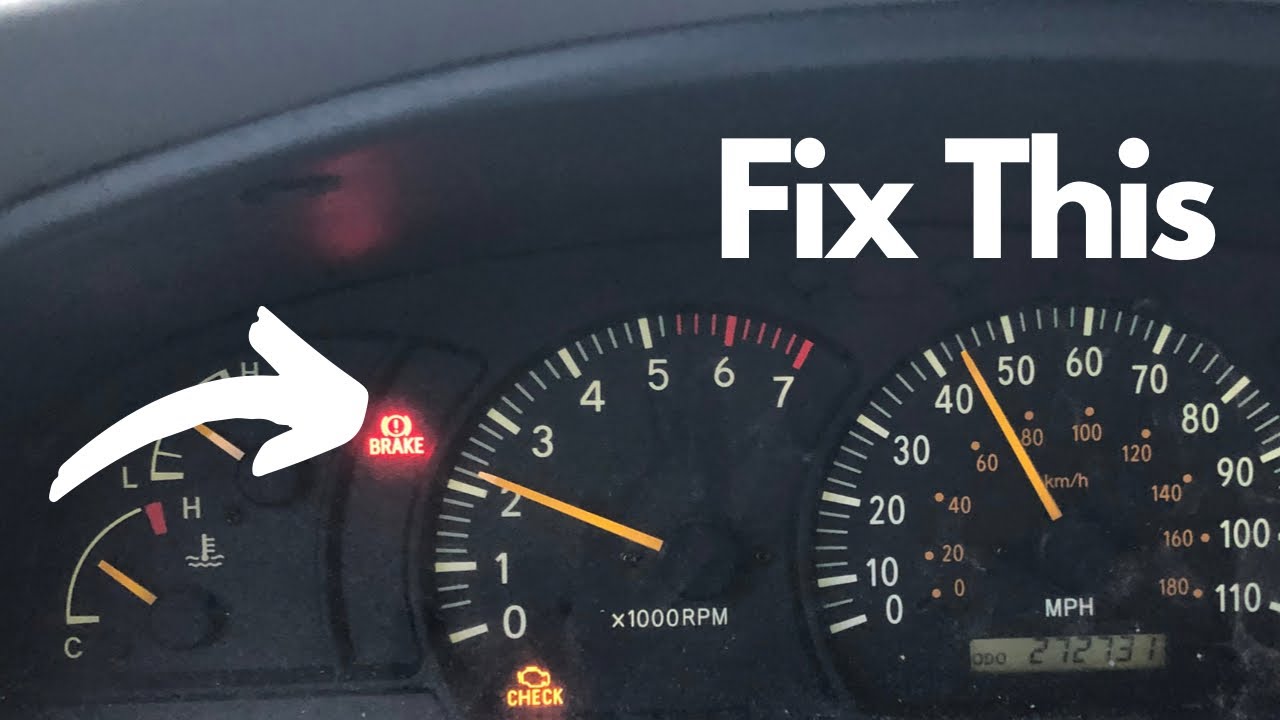
Why Does My Brake Light Stay On?
There are many reasons why your car’s brake light stays on after turning off, but we’ll show you a few common causes and solutions to these problems.
The brake handle is not fully lowered
The first cause of this phenomenon is that the brake handle has not been wholly lowered, which is a common mistake people make.
You need to double-check to make sure the handle and hand brake. Make sure the handle is fully lowered, and the handbrake is fully disengaged. Because even a tiny amount of pressure on the handbrake can cause the brake light to come on.
The command switch is not correct
The second most common reason why the parking brake light stays on even when it’s turned off is a broken or faulty command switch, not placing the correct order.
To check if it’s the switch, shake the handle slightly after lowering it. If the lights go off or flicker on and off, your car’s controller needs replacement.
With sound engineering, you can buy a new switch and replace it yourself. If not, you should call a professional to have them come and fix it for you.
Brake pads are worn
The next possible cause for the brake light to come on may be due to worn brake pads.
Currently, there are many vehicles equipped with sensors that warn the user when their brake pads are worn. The sensor will activate the brake light or emit a hissing sound to notify you.
Please take note of this issue. If you don’t repair the brake pads and let this persist, the friction material will wear out, causing the metals and rotors to come into contact with each other and possibly damage the entire brake system. Then the amount of money you have to spend to fix it will be prohibitive.
Faulty sensor
The brake light may remain on if the sensor is faulty. Car sensors are to determine if the parking brake is damaged and to measure brake fluid capacity. If the sensor fails, it may misfire and light up the brake lights.
Because of this, you won’t be able to fix it by yourself. You should call the experts or take the car to the dealer to check and determine if the sensor is damaged. If it breaks, they will replace it and install it for you.
Uneven fluid pressure
When the fluid pressure (brake fluid) is uneven in some systems, it can affect the vehicle’s braking performance. The car may then tilt to one side during braking, and the brake light will come on to alert you to the problem.
Brake fluid running low or leaking.
Sensors located in the vehicle’s cylinders can determine the level of fluid present in the system. The sensor will activate when the brake fluid level is below the allowable level, leading the brake light to illuminate. This is also what causes the brake pedal goes to floor when engine running.
Therefore, you need to pay attention to maintain a reasonable brake fluid level to avoid this phenomenon.
You can also check the amount of brake fluid by opening the hood, and the oil reservoir will be under there. The plastic material of the pool allows you to quickly determine the amount of brake fluid without opening the lid. It helps prevent dirt and moisture from entering the vessel and causing liquid damage.
Besides using up brake fluid for a long time, running out of brake fluid can also be caused by a leak. If you see clear or orange liquid leaking under the ground, have it checked immediately.
If the cause is a leak, you should take the vehicle to a service agent or repair technician to have the car checked.
They may not only check the tank but also check the brake lines, valves, brake mechanism, pipes, and joints to find out where they are broken and repair them.
Parking brake not working
If the above causes are not, the parking brake is likely the culprit causing your brake lights to glow.
If the parking brake does not work and does not release when the steering wheel is lowered, the vehicle’s warning light will come on to alert you on the dashboard.
The solution to this problem is the same as the ones above. You should call the technician so they can fix it for you. If left for a long time, it can be dangerous to you while driving.
Conclusion
Thus, the above article has explained why the brake light is glowing and gives you solutions to fix it. The brake problem is a critical one. If you encounter a brake light that lights up, you should get it checked as soon as possible to ensure safety while driving.


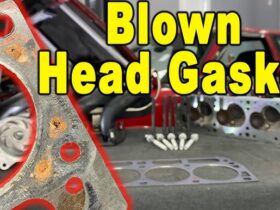
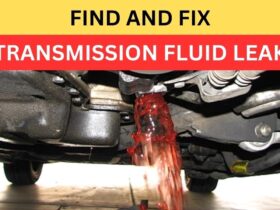
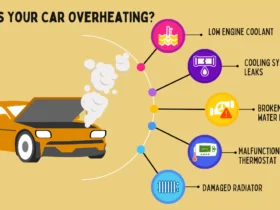
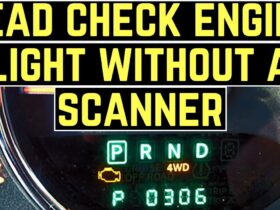
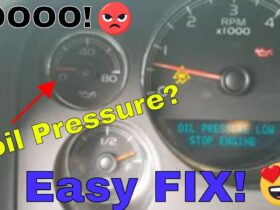
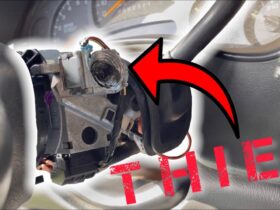


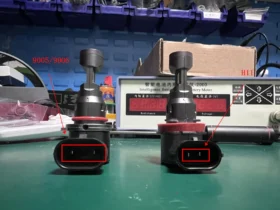
Leave a Reply